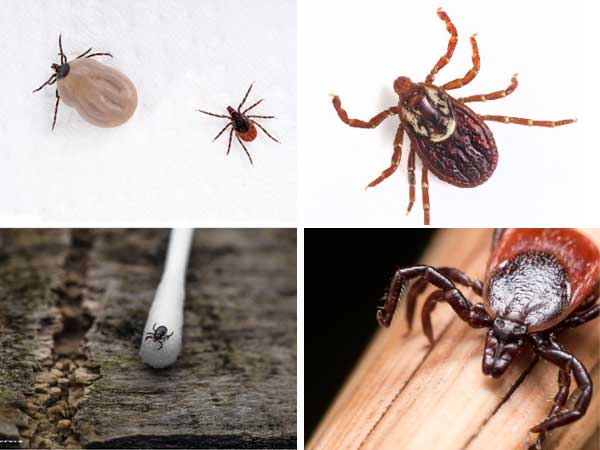in Chatsworth, Grey Highlands, Southgate, West Grey
June 05, 2025

Grey Bruce Public Health is reminding residents and visitors that blacklegged ticks — capable of transmitting bacteria, viruses, and parasites that can cause potentially serious diseases, including Lyme disease, in people — are primarily active in the spring and summer and are present in the area.
Public Health encourages people to take steps to prevent tick bites, particularly when walking, hiking, cycling, or spending time in outdoor areas where ticks typically live, such as in and near areas with trees, shrubs, tall grass, or piles of leaves.
“The best way to prevent tick-borne illnesses, such as Lyme disease, is to avoid being bitten by a tick,” says Senior Public Health Manager Andrew Barton.
When spending time outdoors, people can prevent tick bites by:
It’s also important for people to check themselves, family members, and pets for ticks after spending time outdoors. Promptly removing any attached ticks is critical to preventing potential infection as ticks must be attached for at least 24 hours, in most cases, in order to pass onto humans the bacteria that causes Lyme disease.
People are advised to:
Put clothes in a dryer on high heat for at least 10 minutes to kill any ticks.
Blacklegged ticks, which are about the size of a sesame seed, can carry the bacterium B. burgdorferi, which, if transmitted to humans via a tick bite, can cause Lyme disease.
Ticks can also carry the parasite that causes babesiosis in humans as well as the viruses that cause anaplasmosis or Powassan Virus in people.
In 2024, about 2,330 Ontarians contracted Lyme disease, while there were 160 cases of anaplasmosis, four cases of babesiosis and one case of Powassan Virus.
Each spring, Public Health Ontario releases an Ontario Lyme Disease Map, which identifies Estimated Risk Areas — locations where blacklegged ticks have been identified or are known to occur and where people could come into contact with infective ticks. A significant section of Grey-Bruce is now considered an Estimated Risk Area.
However, it’s important to note that blacklegged ticks can be found throughout Ontario as they feed on and are transported by migratory birds.
Early Lyme disease symptoms can include fever, headache, muscle/joint pain, fatigue, and a bull’s-eye rash. Residents should consult a doctor if experiencing these symptoms. If left untreated, Lyme disease can lead to recurring arthritis, neurological problems, numbness, or paralysis.
Public Health follows up with all individuals diagnosed with Lyme disease. If caught early, Lyme disease can be treated effectively with antibiotics.
For tick identification, use the free online platform eTick. GBPH’s tick webpage contains additional information on preventing Lyme disease.
At South Grey News, we endeavour to bring you truthful and factual, up-to-date local community news in a quick and easy-to-digest format that’s free of political bias. We believe this service is more important today than ever before, as social media has given rise to misinformation, largely unchecked by big corporations who put profits ahead of their responsibilities.
South Grey News does not have the resources of a big corporation. We are a small, locally owned-and-operated organization. Research, analysis and physical attendance at public meetings and community events requires considerable effort. But contributions from readers and advertisers, however big or small, go a long way to helping us deliver positive, open and honest journalism for this community.
Please consider supporting South Grey News with a donation in lieu of a subscription fee and let us know that our efforts are appreciated. Thank you.